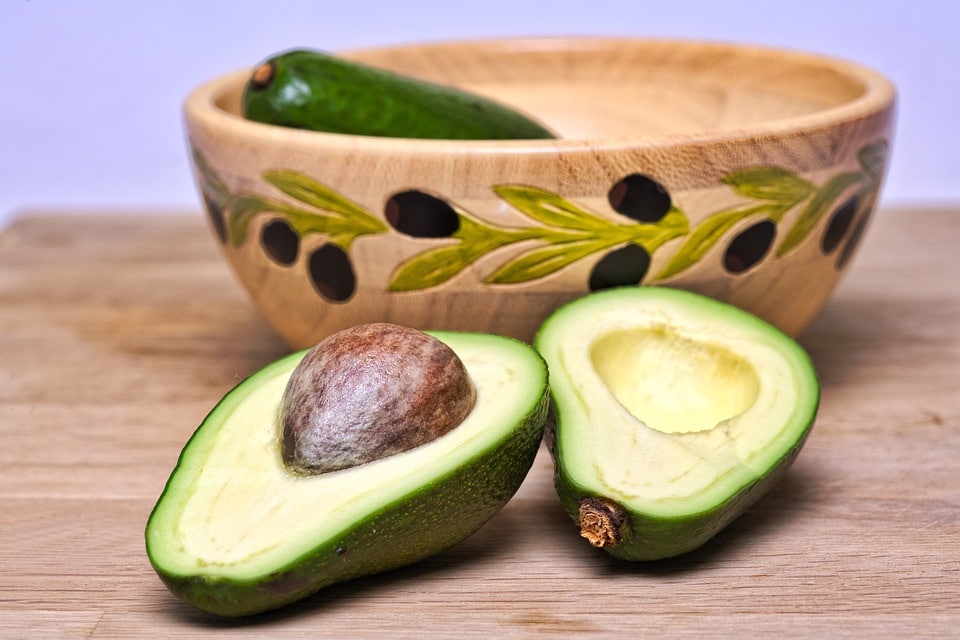
Myth: Fat causes heart disease and should be avoided.
Myth: Fat causes heart disease and should be avoided.
Truth: Fat is essential and should not be avoided on the basis of heart disease fears.
Fat has been a topic of concern for the last 40 years based upon the theory that increased fat intake is the primary cause of coronary heart disease (CHD). Between 1977 and 1983 the US Select Committee on Nutrition and Human needs and the UK National Advisory Committee on Nutrition Education attempted to address the incidence of coronary heart disease (CHD) with recommendations to decrease overall fat intake. The specifics of this recommendation were as follows:
“To reduce overall fat consumption to 30% of total energy intake and (ii) reduce saturated fat consumption to 10% of total energy intake.” (1)
Unfortunately, there was not sufficient evidence available at the time these guidelines were made to support these recommendations and research has failed to prove that the intake of saturated fat indecently increases CVD (cardiovascular disease) risk. In fact, both committees have since admitted their findings were inconclusive and anticipated strong opposition (2). Since replacing naturally occurring food such as meat, eggs, and dairy with suggested “heart healthy” items such as margarine, “fat-free” products, cereals and grains we have seen metabolic disease such as diabetes and obesity steadily increase, which are known to be causative factors in heart disease (2). Like many false nutrition claims made against whole foods, the alternatives are most often nutritionally-void and far more detrimental to our health. It is unlikely you’ll find food that packs the same nutritional punch as fat-containing plant and animal foods, making them an integral part of a healthy diet.
Despite years of anti-fat propaganda, moderate healthy fat intake is essential for optimal health. However, it is no surprise that we are having a hard time accepting that it has a place in our diet with decades of a prevailing fear of fat. This impressive macronutrient has many essential roles in the human body such as cell construction, nerve function, digestion, and the formation of the hormones that regulate everything from metabolism to circulation. Fat is also required for the absorption of fat-soluble vitamins A, D, E, and K (3). Plain and simple, without fat, our bodies cannot function. For many people, 30-40% of your total caloric intake from fat is appropriate (3).
Now is the time to leave the fat-free, sugar-laden salad dressings on the shelf and reach for the olive oil instead. When incorporating fats in your diet, it is important to note that not all fat is created equal. To ensure you are making the best choices, be mindful of the following suggestions.
- Aim for a variety of whole food sources of fat such as fresh meat and seafood, small wild-caught fish like salmon, mackerel, anchovies, and herring, eggs, raw dairy, grass-fed butter/ghee, nuts and seeds, olives and olive oil, avocados and avocado oil, and coconut and coconut oil.
- Favor the Omega 3 fatty acids found in cold-water fatty fish over the Omega-6 fatty acids found in grains and vegetable oils. A 1:4 ratio of Omega-6 to Omega-3 fatty acids is ideal for optimal health. The Standard American Diet averages 20:1 ratio of Omega-6’s to Omega-3, respectively (3). This is problematic because an overabundance of Omega-6 is pro-inflammatory, activating inflammatory pathways in the cell.
- Aim for unrefined, minimally processed fats or oils for more nutrient density. Avoid processed vegetable and seed oils as these are often rancid and oxidized due to processing.
Contact us to learn more!
References:
- Harcombe, Z. (2018). US dietary guidelines: Is saturated fat a nutrient of concern? British Journal of Sports Medicine. doi:10.1136/bjsports-2018-099420
- Harcombe, Z. (2016). Dietary fat guidelines have no evidence base: Where next for public health nutritional advice? British Journal of Sports Medicine, 51(10), 769-774. doi:10.1136/bjsports-2016-096734
Ballantyne E, S. (2017). Paleo Principles. Place of publication not identified: Tuttle Publishing.



